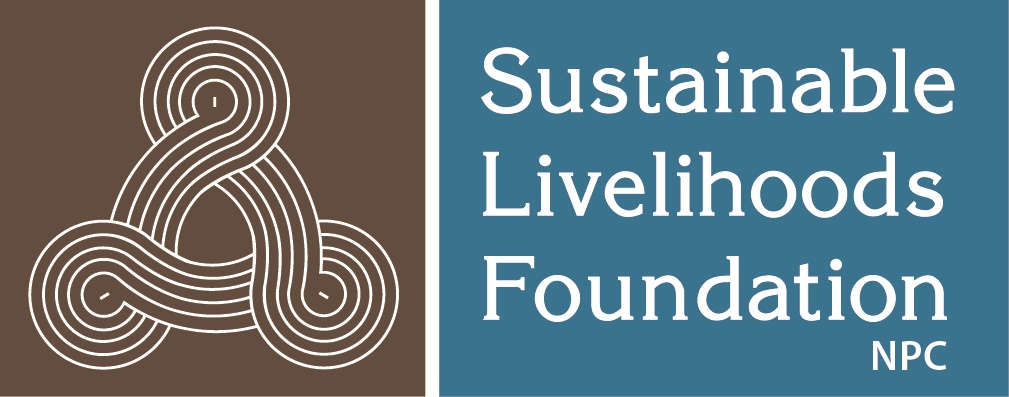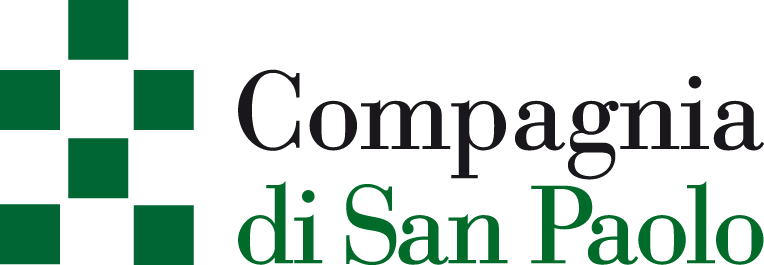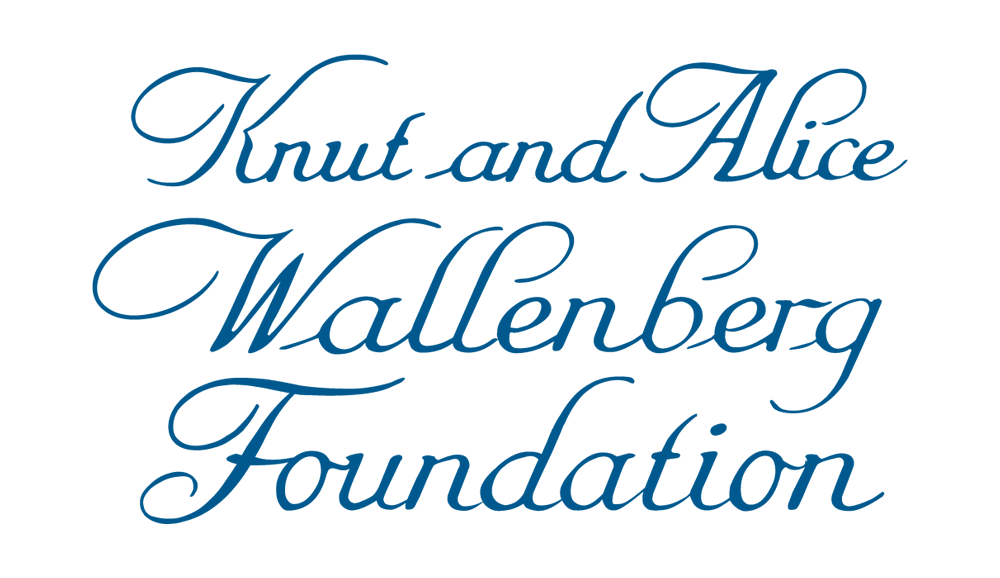Decay Without Mourning | Future Thinking Heritage Practices
We are an international research project with three teams based in Sweden, South Africa and Brazil. Together our project explores foregrounding decay as a central concern of heritage studies.
Our practice and research is inspired and activated by many ideas
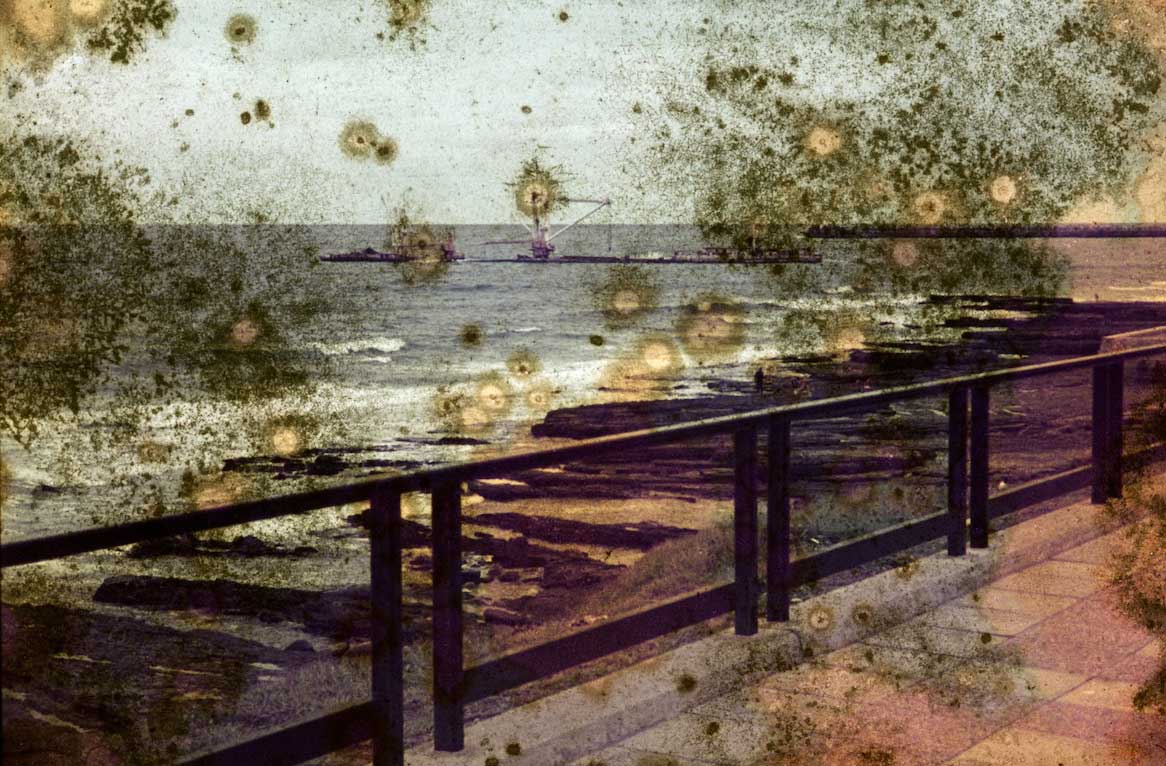
(Hidden Years Music Archive, South Africa)
Decay, can give us insights into how we value natural and cultural heritage in the face of rapid environmental change where environmental protection takes precedence, at least on paper, in policy making around cultural heritage – Lize-Marie van der Watt
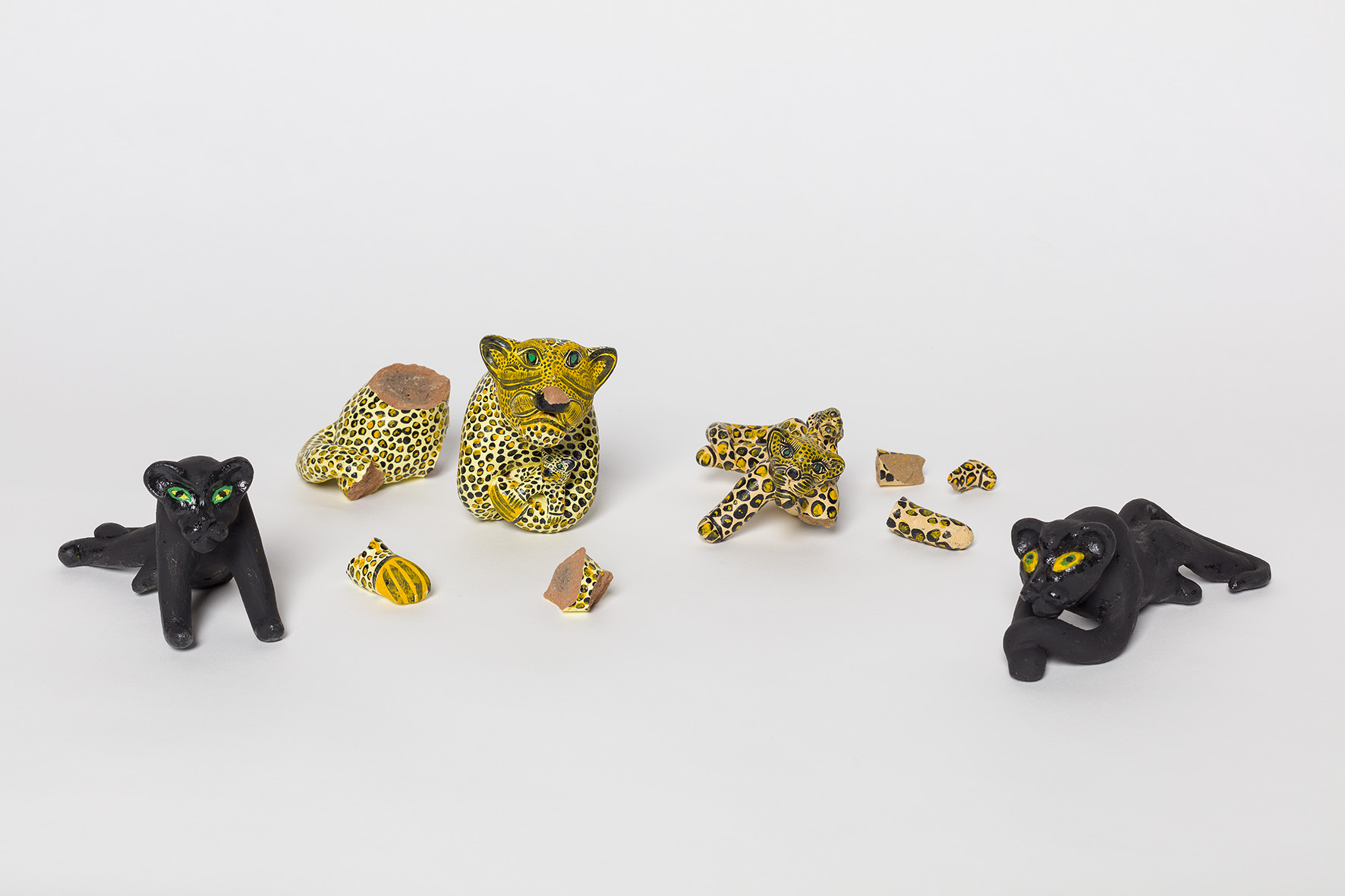
(Black Jaguar by Tamikua Txihi. Photograph by Levi Fanan, Brazil)
Understanding and embracing decay as an unavoidable partner in heritage practices may free us from the perpetual anxieties of the present to rescue material from loss and open up the potential for creative projects and collaborative pathways to archive – Lizabé Lambrechts
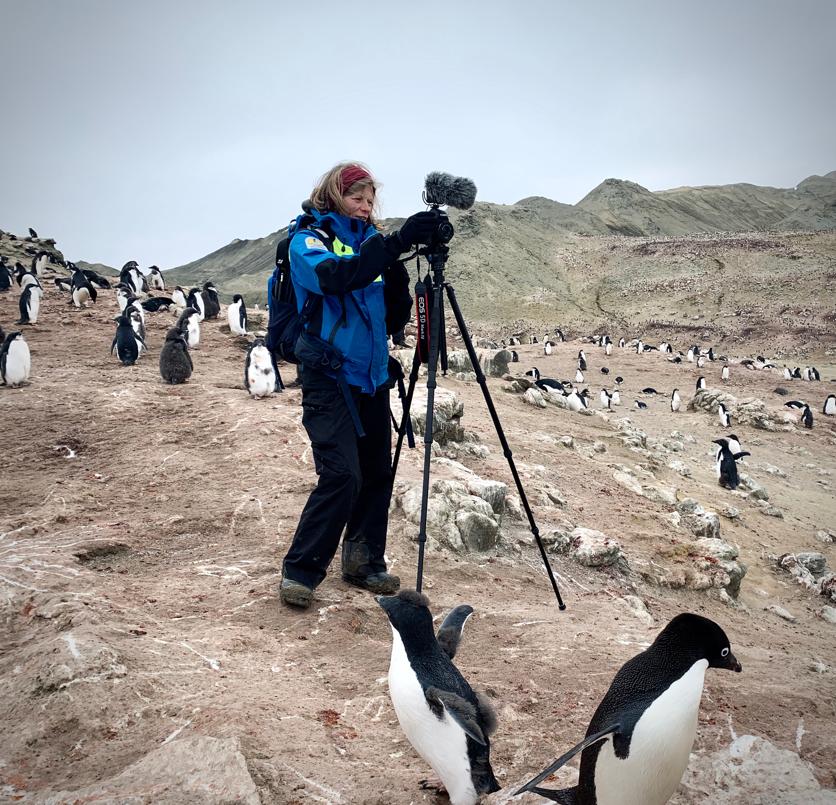
(Archeological excavations at Snow Hill, Antarctica. Photograph by Dag Avango)
Decay can be an opportunity to think about solutions for the use of digital not only to preserve, but also to democratize access to documents, stories and practices – always built collaboratively with the active communities and in ways that make sense for them
Bruno Moreschi
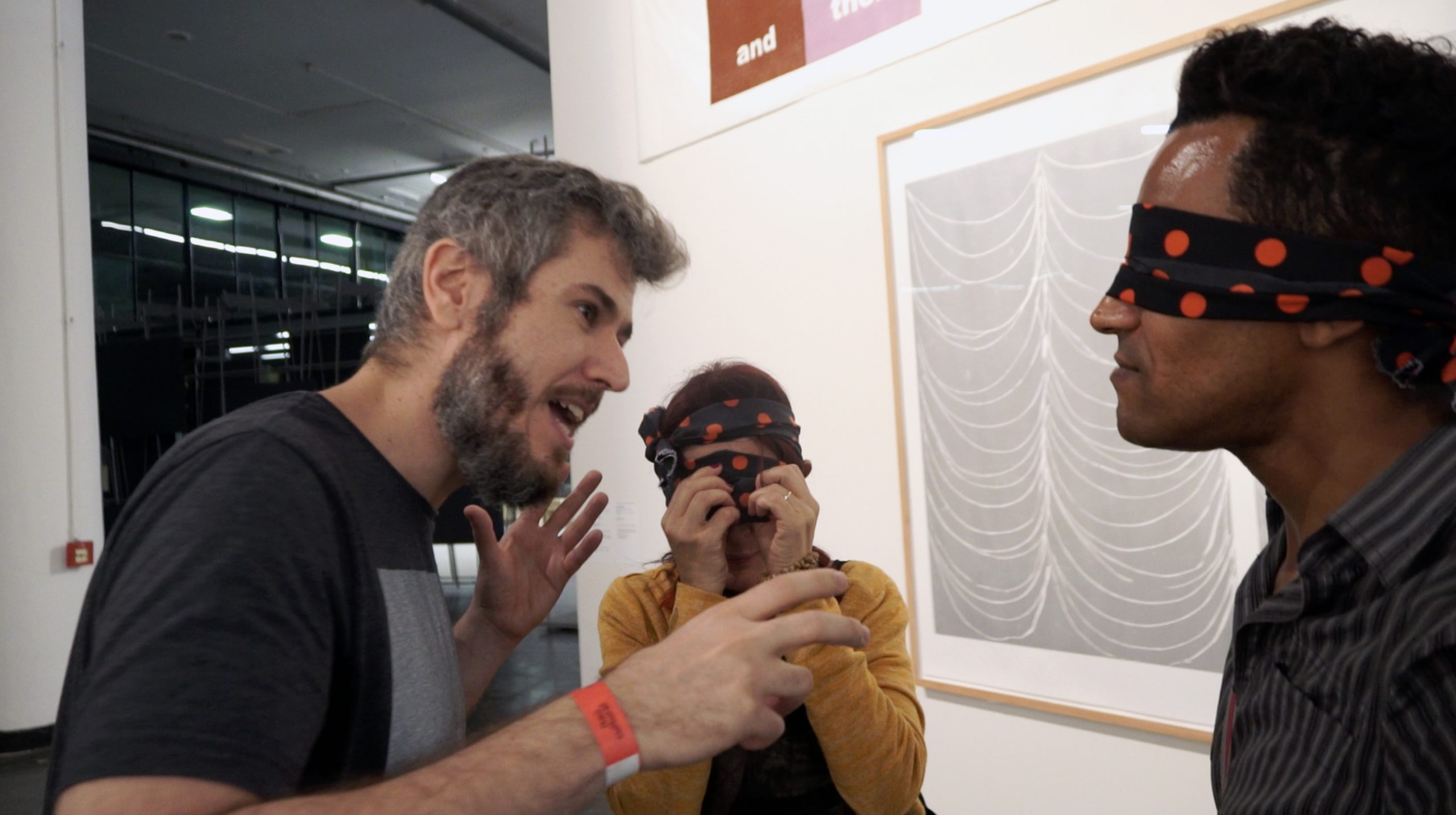
(Bruno Moreschi and team. Photograph by Fernanda Pitta, Brazil)
Decay is a chance to be an ally to the leading role played by Indigenous peoples in preserving their memory, heritage and aesthetic manifestations - in their own terms, with their own goals and perspective
– Fernanda Pitta
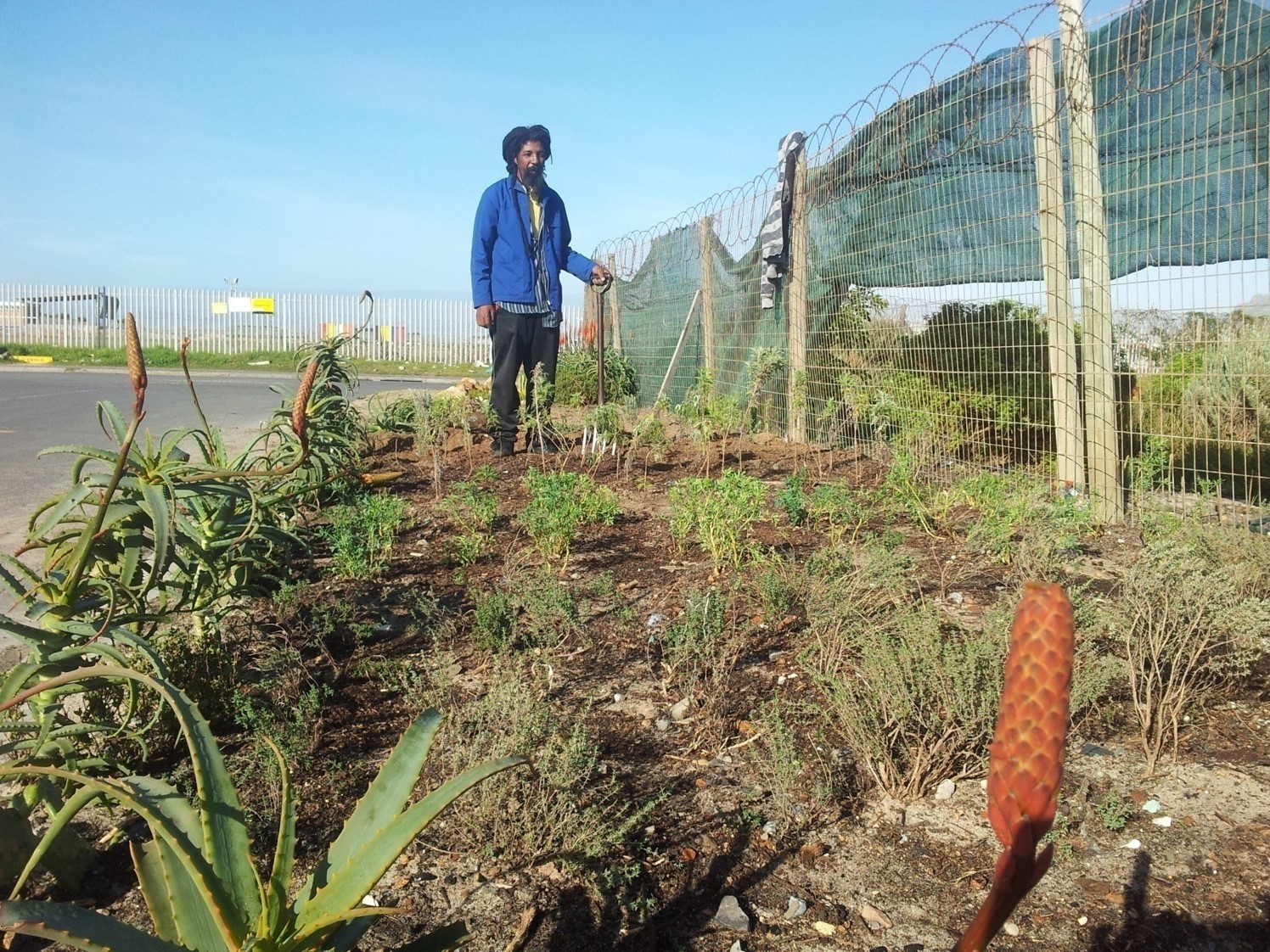
(Bossiedokters, South Africa. Photograph by Leif Petersen)
If current important protections for biodiversity are implemented at the expense of local cultural perspectives, are there alternative mechanisms that can be more inclusive of these various indigenous ‘ways of knowing’? – Leif Petersen
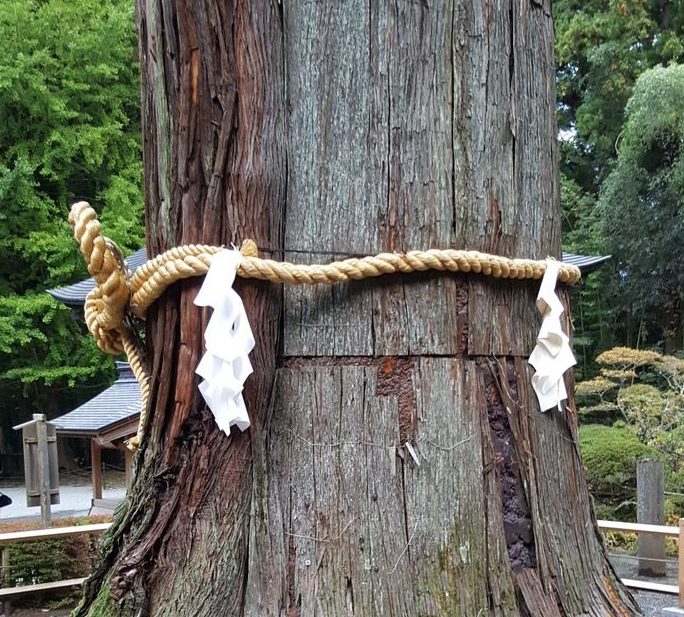
(Hitsugi tree, Japan. Photopgrah by Kati Lindstrom)
To make visible indigenous counter-narratives about what collections, heritage and institutions are – Naine Terena
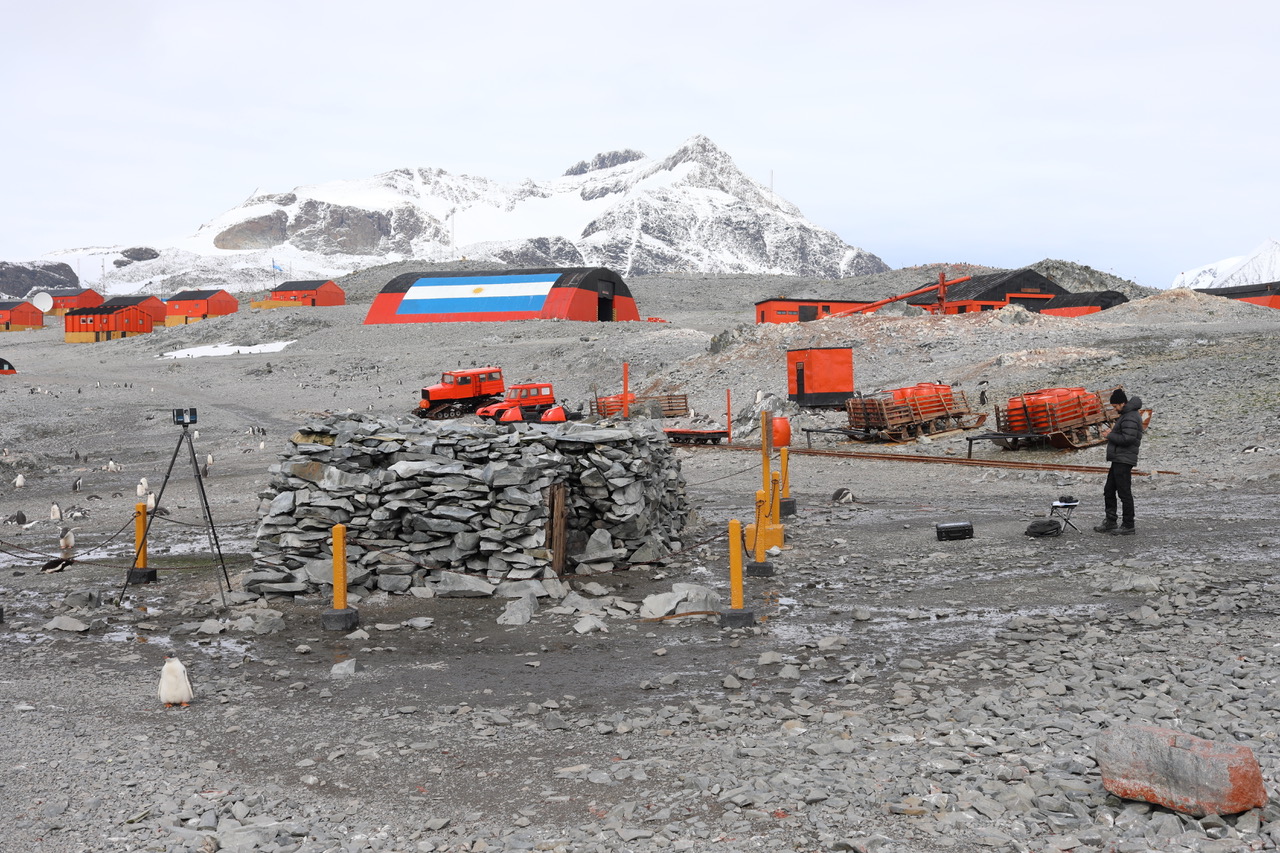
(Base Esperanza, Antarctica. Photograph by Kati Lindstrom)
In Japan, several areas where heritage sites are actively developed for economic revitalisation, local populations will decline by a third in the next 10-15 years, leading to disintegrating bonds between material heritage and the communities responsible for its maintenance. How can a society prepare for heritage decay resulting from abandonment? – Kati Lindstrom






